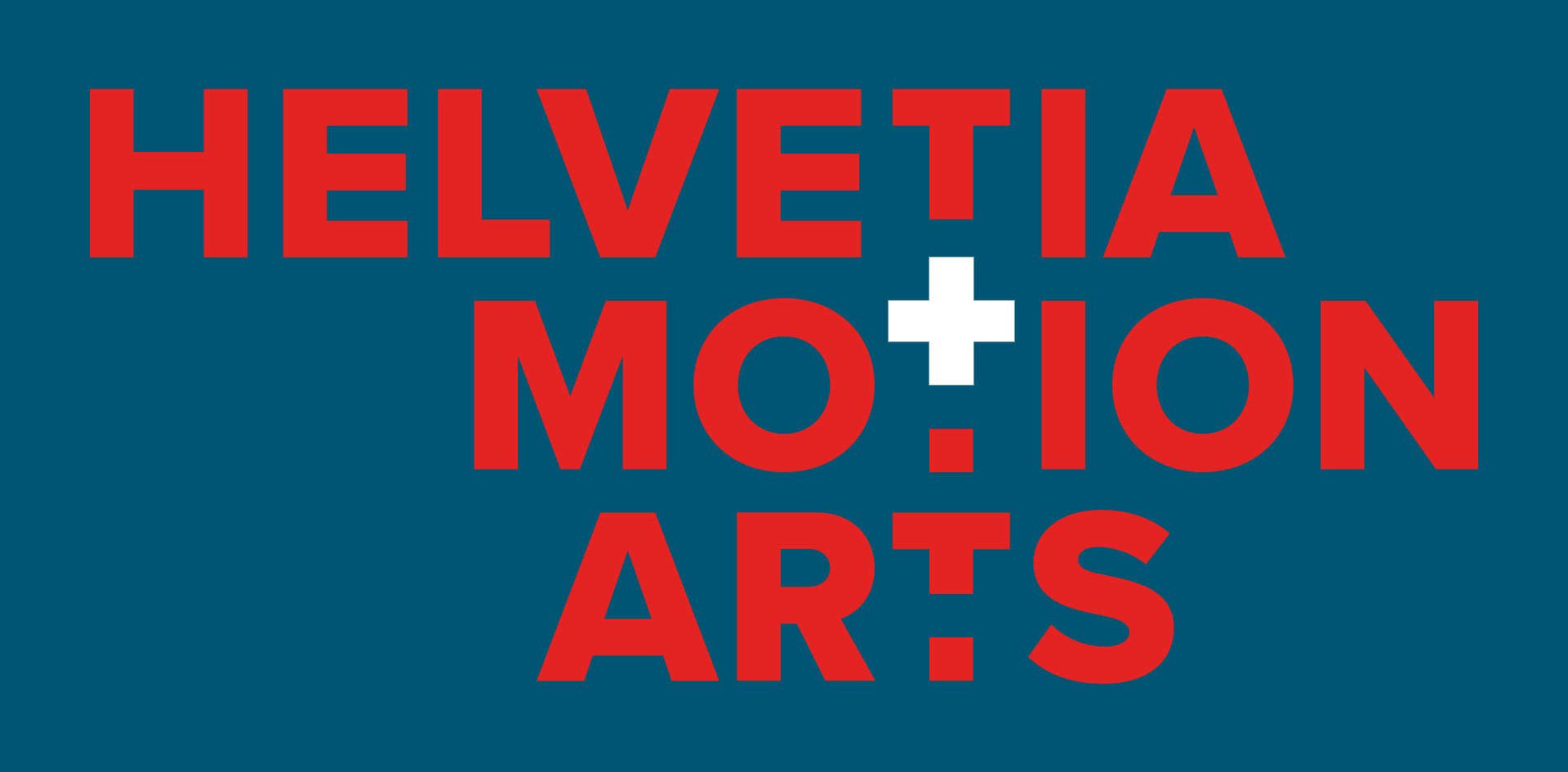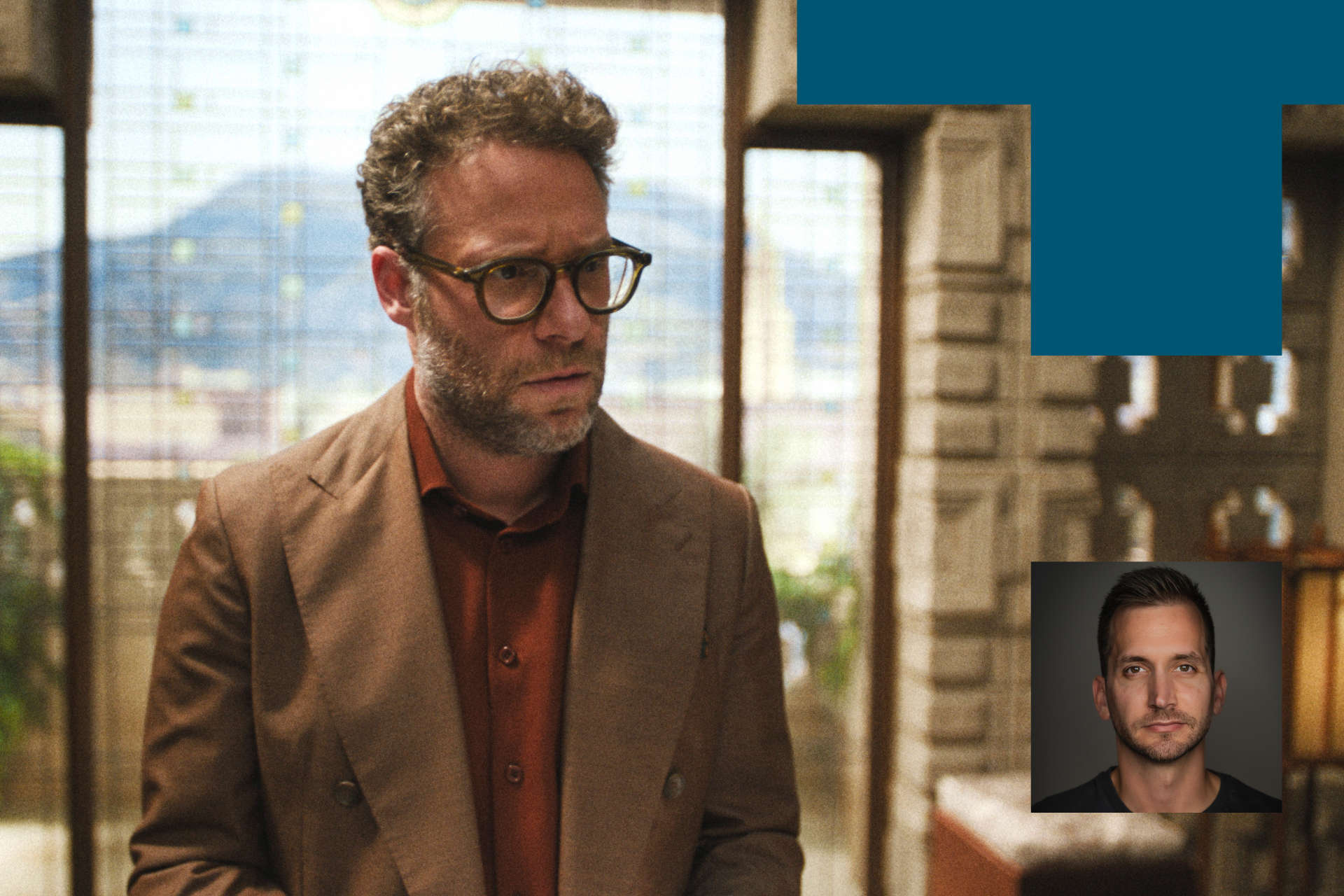
From the shores of Lake Constance to the heart of Hollywood, Sandro Blattner has built an impressive VFX career over nearly two decades. After honing his craft at studios like Method and Zoic, he joined the Marvel universe, contributing to shows like Ms. Marvel and Echo. Today, he continues to push the boundaries of visual storytelling as the Production VFX Supervisor of The Studio, an Apple TV+ series known for its bold use of oners and invisible effects.
Let’s go back to the beginning — what first sparked your interest in visual effects, and how did growing up near Lake Constance shape your creative path?
Growing up in rural Switzerland I really didn’t have any connection to the film industry and my artistic influences were sort of limited to the things you do as a kid growing up anywhere – I loved to draw, I was obsessed with Legos, some comics and cartoons but I watched very little TV. I spent most of my time outdoors, playing with friends by the lake and out in the woods, sailing with my parents or going on hikes. In some ways I think this shaped my creative path more than any real artistic influences. I spent so much time in nature I think I just really developed very strong observational skills and an understanding of what the world looks like.
My interest in movies developed with classics such as Indiana Jones, Jurassic Park and Toy Story. I was fascinated with video games so when Toy Story came out it was a big lightbulb moment for me, realizing that the same tech can be used to make movies.. crazy! I was 10 at that time and went to see it with my dad at the local theater, something we rarely did, and this really got my wheels turning. However going through the educational system in Switzerland at that time there was very little focus on arts and I was convinced that I would follow in my dad’s footsteps and become an engineer. He ran a company in the semiconductor industry and I occasionally worked there, helping out in different departments. One day I was introduced to Solid Works and they handed me some project files asking if I can figure out how to make the machine parts look more photoreal for a presentation. That’s how I got introduced to the concept of lighting and shading. I absolutely loved doing this and was amazed by how I was able to make these models look more real, taking them from a grayshaded wireframe to something that has material properties and lighting.. that’s what sparked my interest in computer graphics and ultimately visual effects.
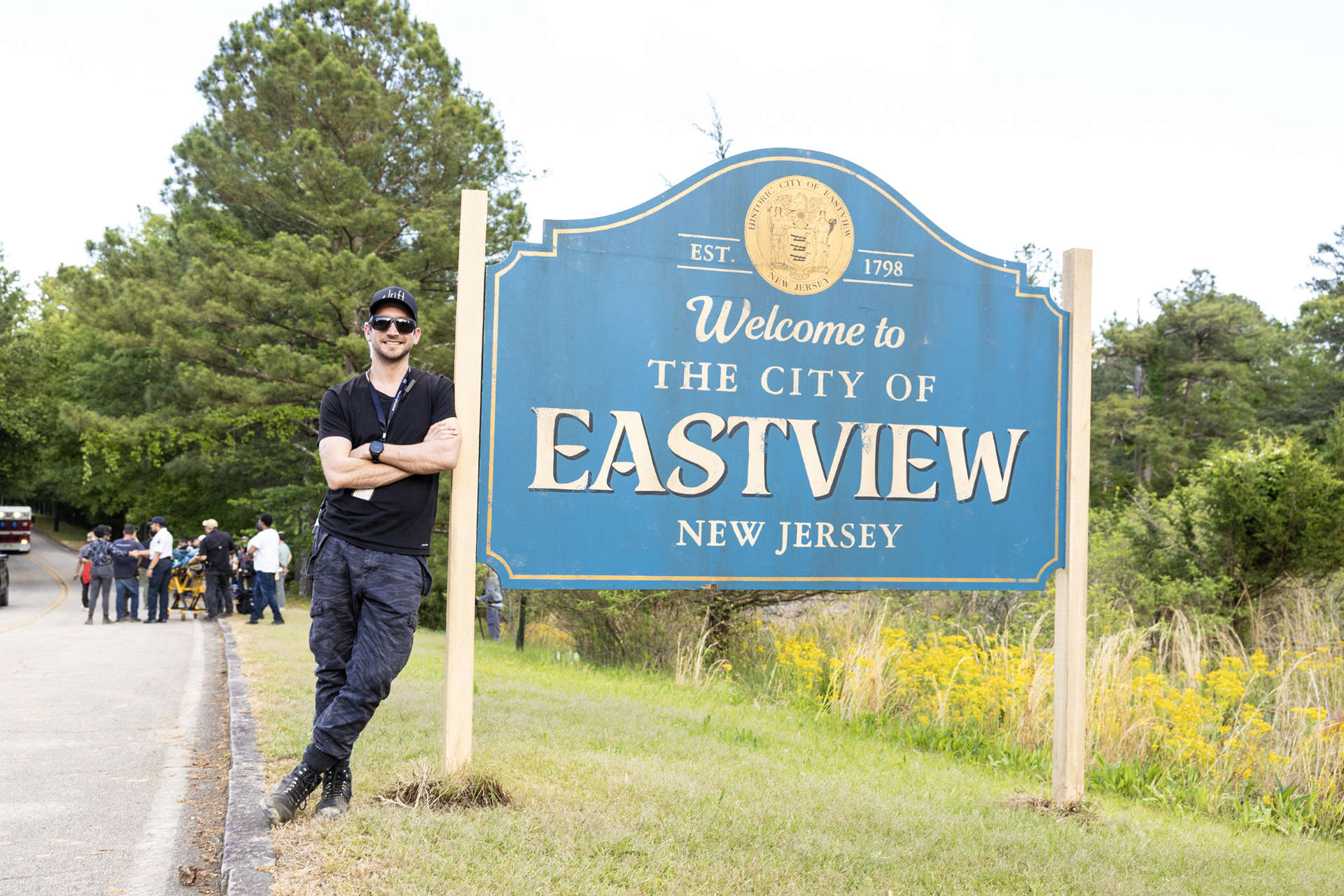
Was there a particular film, artist, or moment that made you say: “This is what I want to do”?
I think the turning point in terms of my career aspirations came when I saw The Matrix. It absolutely blew my mind. The bullet-time shot was probably the coolest thing I had ever seen at that point.. I still didn’t know much about visual effects and I was still in Switzerland with no idea on how to get into the film industry, but the spark was definitely lit.
What were the biggest challenges you faced when breaking into the industry, and how did you overcome them?
For one there just wasn’t a visible career path to get into the film industry. The Swiss film industry was practically non-existent and so the idea of making a living with anything film related was a foreign concept to myself and everyone around me.
The other thing I soon came to realize was that most of the global film and VFX industry was based in the US at that time. So on top of figuring out how to find learning opportunities there was the language and visa barrier. I was surrounded by farmland and banks and Hollywood was just a galaxy far far away (… sorry, I couldn’t help myself).
At some point I got a miniDV camcorder on eBay and started filming everything I could. Trips with friends, class events, stuff like that. I also started dabbling with a cracked version of Final Cut Pro and After Effects. I had no idea what I was doing but I had a lot of fun doing it.
After finishing high school I spent a few months in San Diego studying English – it’s fairly common for Swiss students to spend some time abroad before going to University to get some life experience and improve foreign language skills. While I was in California I begged my parents to let me enroll in a one month film course at New York Film Academy in Los Angeles. They agreed and I extended my stay by a month. All of a sudden I found myself in a filmmaking bubble, surrounded by likeminded kids from all over the world. For the first time I had access to film equipment and more importantly to other aspiring filmmakers – and we just went and shot short film after short film. Most of them were pretty bad but the learning experience was immense.
When I returned to Europe I immediately started looking for work opportunities in the film and TV industry, anything to get my foot in the door.. Eventually I got an internship at a small TV station in Munich called afkTV. It was an educational TV studio which was basically run by interns. We received all the outdated tech from professional TV stations and created a program covering local events in Munich. It was an amazing place to learn how to operate broadcast cameras, how to edit and create basic motion graphics.
Once that ended I applied for a compositing internship at a small VFX company called D-Facto Motion at Bavaria Film Studios. After a two week trial period they offered me the position and I was paired up with their senior compositor who became my first real mentor. He was very devoted to teaching me Shake and everything he knew about compositing and I soaked it up like a sponge. I learned roto / paint, I did a lot of motion graphics and some CG compositing. I absolutely loved it. I had a fantastic teacher but it all came very naturally to me. It all clicked and I knew that’s what I wanted to do.
The internship turned into a short-term contract as a junior compositor and then they offered me a 2 year contract to stick around even longer. That’s when my parents stepped in and felt that I needed to get a degree somewhere. It didn’t seem right to just start working without a proper education, so I struck a deal with them: I said I’ll go to college if I can study visual effects. I knew that’s what I wanted to do and as far as I was concerned I already had a job offer in the field, so why do something else?
And that’s how I ended up at Savannah College of Art & Design. I worked night shifts as a systems administrator to help paying the bills but I was very fortunate that my parents were able and willing to support me with this path. Going to art school was a bit of a culture shock. First of all I had no interest in being back in a class room and second I felt that all the traditional arts classes were a waste of my time. As time went on though I started to really enjoy it and my artistic skills improved dramatically. I think my time at SCAD sort of unlocked my creative side which had never really been tested during my time growing up in Switzerland.
When I graduated one of my friends connected me with someone he knew at Method Studios. They ended up sponsoring my work visa and hiring me as a compositor and so I finally landed back in LA, working in VFX.
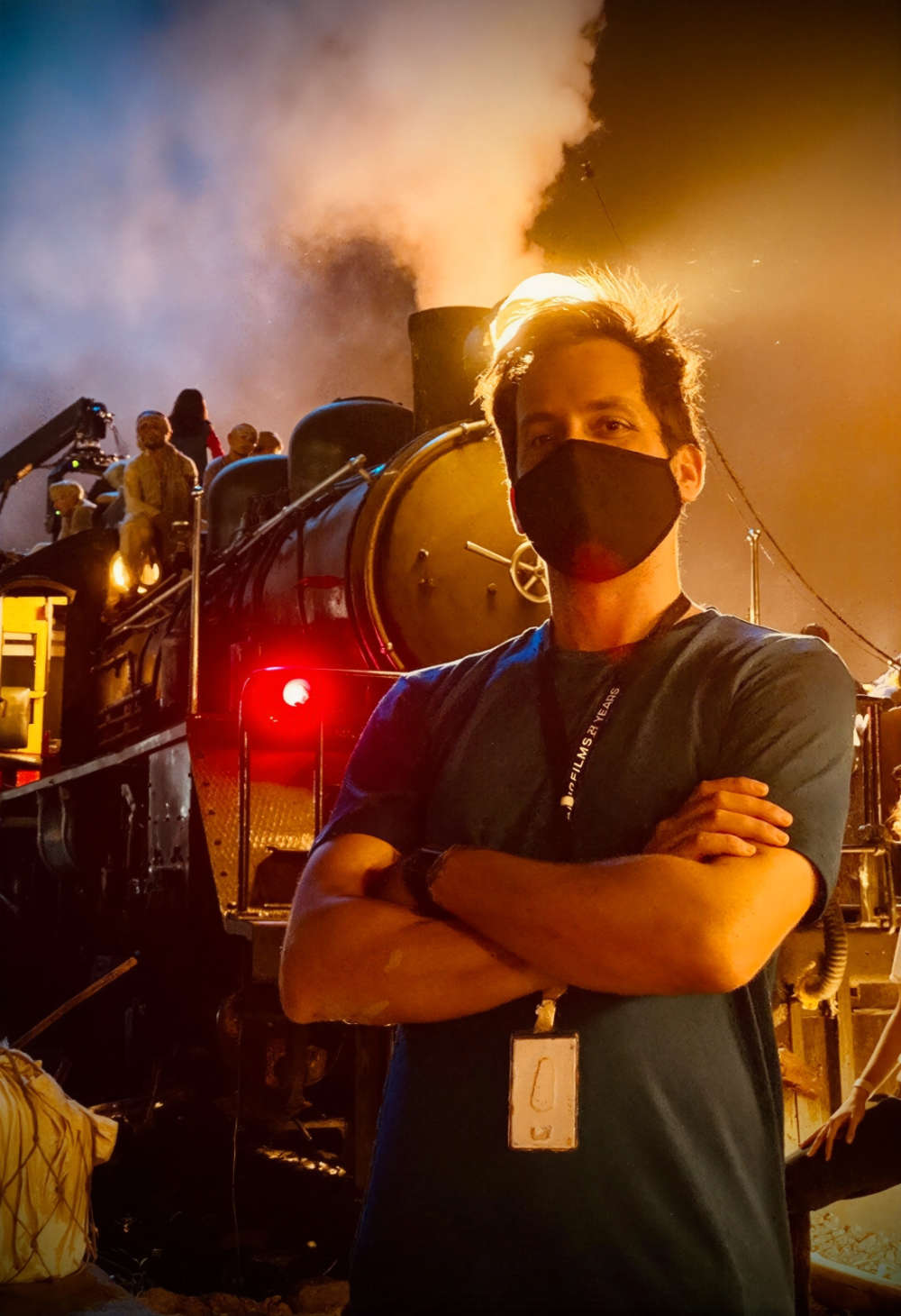
You’ve worked at renowned studios like Method Studios and Zoic Studios — what did each experience teach you, both artistically and technically?
I started at Method as a compositor in 2010 when it was a relatively small VFX boutique. We only had the LA and NY locations at that time doing predominantly commercial VFX work but there was a push to grow the team and start picking up feature work. In some ways I came in at the perfect time. It was a turning point for the company, there was an initiative to groom internal talent and since the company was relatively small I got a lot of exposure to different projects and teams within the company. During my time there Method grew rapidly and expanded to a number of locations around the world, picking up bigger and bigger shows. I got very lucky to be part of that process and was able to grow my career along with the company. I got the chance to work with a lot of amazing artists, supervisors and producers and on many challenging shows. I became a lead artist and then a comp supervisor and with that I had to acquire management and leadership skills. Method’s shows were always run pretty lean at that time so as department supervisors we had to handle a lot of different things – anything from staffing, team building and management all the way to color pipeline, show tools and still doing some shot work and driving things creatively. It brought me in close contact with many different facets of VFX production.
In 2018 I got a call from my friend Lou Pecora at Zoic Studios who was supervising Legion Season 3 and he was looking for an on-set VFX supervisor who could also fill the role of compositing supervisor to help him with the show. By that time I had spent some time on set for commercials but this was an opportunity to be part of the on-set crew for a major TV show and at the same time bring my feature expertise into the post workflow and shot work. It was an amazing experience. Being an on-set VFX supervisor is a completely different job compared to being a compositing supervisor. You have to get an innate understanding of the filmmaking process and the inner workings of a movie set. Being in post is a bit more reactionary, creatively speaking – you look at the photography and the brief and you come up with a plan to execute the work. Physical production is more about anticipation, figuring out what the challenges will be ahead of time and preparing for them the best you can. I also had to learn to make quick decisions under pressure. In post you can analyze things more before you come up with an answer but on set you sometimes have an entire crew looking at you for an answer and you can literally feel the dollar bills going up in flames while you think.
My time at Zoic allowed me to develop into a VFX supervisor. The company has fantastic leadership and a great support structure for their staff which gave me the confidence to make the next step.
Your time with Marvel Studios includes titles like Ms. Marvel and Echo. What’s it like working within the Marvel pipeline and storytelling universe?
As a production side VFX supervisor you get involved in the storytelling process at a much higher level. Ms. Marvel was an existing property from the comic books but the character did not previously exist in the live action universe, so we had to develop the character and her powers pretty much from scratch. It was very eye-opening to be part of the process and to be in the room during the many studio meetings. It was fascinating to see how these things are discussed and worked out and to see just how much care and love goes into these characters and everything about them. Sometimes when you’re on the vendor side you just see the final concept art and the postviz and you have to deal with change requests that are coming to you from the studio which you sometimes lack context for. Being in the room when these decisions are made and seeing how they materialize definitely changed my perspective on what creatives are dealing with at the studio level. Marvel is a big machine with a lot of moving parts which can be challenging to navigate but it’s also very rewarding to be a part of such a creative group that cares so much about the worlds they create.
How have these different studio environments influenced your approach to supervision and team leadership today?
Having both the experience on the vendor and on the production side gives me a good understanding of the challenges each side are dealing with and ultimately allows me to make better decisions.
I’ve been lucky enough to have worked on big budget shows as well as some very small ones and the requirements and challenges can be very different between those. I think it has expanded my horizon on what a solution to a creative problem might look like. Working on big shows taught me the importance of communication, diplomacy and management whereas small shows taught me the importance of being nimble, adaptable and able to find cost-effective creative solutions. All of these experiences are now shaping the way I work.
You recently supervised The Studio, which has received great praise. How did you approach this project creatively and technically from day one?
Seth and Evan told me right off the bat that they wanted to shoot every scene as a oner and explained to me just how delicate timing is in comedy. On a ‘normal’ show you can do a lot of heavy lifting in the editing room to improve how a joke lands. However if you shoot every scene as a single take that changes – every time you make a ‘cut’ you have to find a way to hide it. The other thing that happens is that every setup becomes very elaborate and delicate in itself. Actors have to deliver several pages at once and hit their marks over a 6 or 7 minute take – same with the camera operator and any other crew who have to hit their cues over the course of the take. If someone messes up in minute 5 then that entire take could potentially be busted.
The reason why I’m mentioning this is that it affects how I approach my work on set. It was important to me that the directors, our cinematographer and actors could work out the scene with the fewest possible constraints. Once we had a rough idea of what the blocking looked like I stepped in and worked out the stitch points with our director of photography Adam Newport-Berra and camera operator Mark Goellnicht. Adam designed a lot of really incredible shots and had a strong handle on where it made sense to utilize VFX to achieve the shot and where it didn’t. I was blown away by some of the transitions they were able to pull off practically, coming off a Griptrix onto a crane and then into handheld, seamlessly switching from one rig onto another. It was just mind-blowing work by our camera crew and grips. Not to mention that each set was lit 360 degrees and the photography looked absolutely beautiful.

VFX sometimes helped out by painting out rigs, cranes or ramps when it wasn’t possible to wheel them out in time. Whenever a practical handoff wasn’t possible or simply impractical we would work out a stitch to combine different parts of the scene in VFX. Sometimes that was necessary to get from one camera rig onto another, sometimes we had to get from one set into another and sometimes it just made sense to break up the scene in a particular way because of cast availability and other logistical reasons. So we almost always had a few ‘planned’ stitches going into a scene which we worked out during rehearsal.
On the other hand we knew there would need to be some editorial stitches, meaning we might want to be able to intercut different takes or shorten a scene later in the editing room. Our editor Eric Kissack was on set with us every day and was very involved with tweaking dialogue and pacing on the day, editing in real time so to speak. Once we had a scene dialed in we would look for potential ‘cut points’, places where there’s a pan or a wipe we could later use to swap in a different take. Eric and I would then speak to Mark to make adjustments to accommodate a potential stitch. It was pretty nerve wracking sometimes – the takes were so long and complex and everyone needed to be perfect. Mark was an absolute rockstar – he was so dialed in, memorized all the lines, delivered on all the creative requests and on top of that was able to accommodate adjustments for editorial and VFX to make our stitches work.
Despite everyone’s heroic efforts on set we still ended up with some pretty tricky stitches in post and all of our vendors became experts in how to deal with them. We temped a lot of them in-house to figure out what works and what doesn’t. If there was a particularly challenging stitch I often did a quick test to get the confidence that we can do it and then passed that on to the vendor as a guide. A lot of this work went to Ingenuity who did an absolutely wonderful job making the scenes feel seamless.
In addition to the stitching work there was of course a lot of ‘traditional’ VFX work. Wylie.co was our main vendor doing most of the CG work. Since the vast majority of scenes were handheld on a 21mm lens there really wasn’t anywhere to hide. We had to be prepared for effects to be on screen for a long time and the execution had to be top notch because you can see everything and you can’t cut away. Because there were no hard cuts all the VFX work had to blend seamlessly with the plate photography at the head and tail of the work range and sometimes there were stitches in the middle of an effect, so the VFX work had to be tracked across two different takes. Wylie handled everything we threw at them and were amazing partners through it all. They delivered stunning work, most of which the audience will probably never notice.
I’m very thankful to have had three fantastic vendors in Wylie.co, Ingenuity Studios and MARZ who all delivered seamless and beautiful work across the board. They were fantastic partners, they understood the mission and went above and beyond to make this show the best it could be.
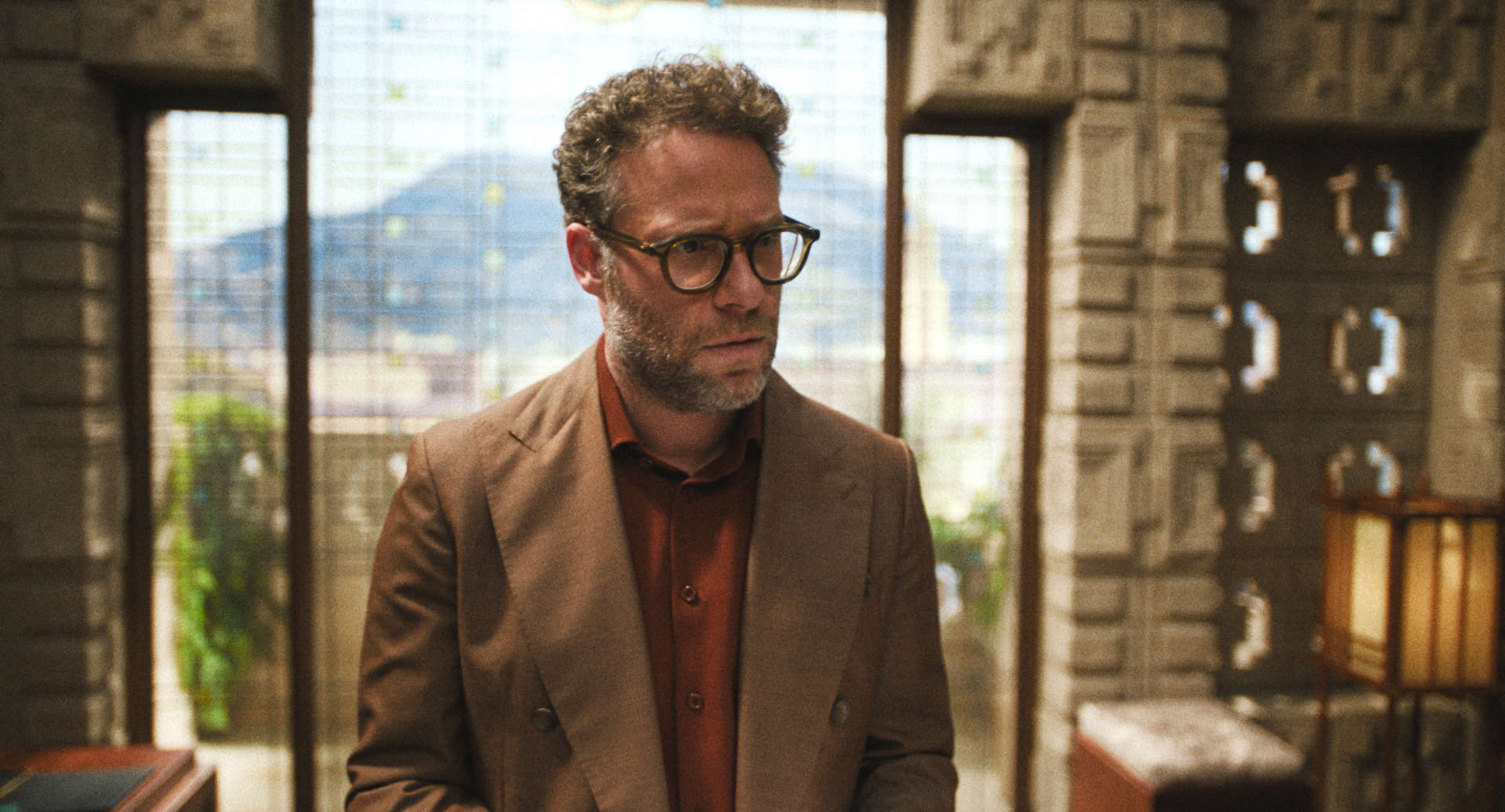
The show features several complex oners and “invisible” effects — can you walk us through one particularly challenging sequence and how you tackled it?
One of the most challenging shots was the long oner at the top of episode 5. The camera starts on a crane in front of the Continental Studios headquarters (which was a CG set extension) and then turns into a drone move, traversing the studio lot in a birds eye shot, diving down by the parking garage and turning into another crane shot at the tail. We didn’t have a budget for any significant CG environments so we had to accomplish this shot by stitching plates. It was tricky to make sure the lighting would match between the plates because we were splicing together different parts of the Warner Brothers lot to connect with each other and the two crane plates and drone plates were shot on three separate days.
Adam and I looked at Google Maps to figure out which pieces of the lot would have the right distance, how they would geographically connect with each other and what time of day we would have to shoot each piece to make sure they match. We then prevized the shot with Proof Inc. to get Seth and Evan on board with the move and the trajectory.
Next we scheduled a drone test day which allowed us to test a few different paths and cut those into the previz to make sure they line up.
By the time we shot each piece we knew exactly what we needed to make this work. Right after we shot the plates I started postvizing the shot so that we could select takes and work out the final timing. This was a pretty lengthy process – I didn’t want our vendor to have to go round and round in figuring out the mechanics of the shot, so I set up all the retimes and initial projections in Nuke until Seth, Evan and Eric were happy with the timing and that’s when we turned it over to Wylie. This workflow allowed them to match my timing reference 1:1 and focus on the execution of the shot. They also added the CG set extension for the headquarter and populated the shot with CG traffic. We were all really happy with how this turned out. It’s a big shot done with limited resources and the final work done by Wylie looks fantastic.
What was the most rewarding part of supervising The Studio, and how did it differ from your previous roles in larger franchises?
The Studio was a massive change from the Marvel world. We had very limited resources which meant that I had to fulfill multiple roles. I was VFX supervisor, VFX producer, data wrangler and sometimes compositor as well. Thankfully I had an amazing VFX Editor, Anedra Edwards, and a fantastic post team which helped out with a lot of the administrative workload on the VFX side and made sure that nothing slipped through the cracks. All of us had to wear multiple hats. It was a wild ride at times but I found it very rewarding and fun to be so hands on in different areas of the production.
On big studio shows you typically have a much larger VFX team, everyone is very specialized and knows the studio pipeline inside and out, working like a well-oiled machine. The scope can be truly mind-boggling on some of these projects with thousands of shots to deliver so you need a big machine to make that happen. The review process can be quite formal as well, by necessity. There’s a lot to discuss and you have to get creative executives, director(s) and editors into a room and get everyone on the same page.
The creative process with Seth, Evan and everyone involved on The Studio felt a lot more intimate than the typical studio process. It was very collaborative and it kind of just felt like making a show with friends where everyone contributes with great ideas and is down to do whatever it takes to make the show the best it can be. I think we also all knew early on that we were part of something special. We had a lot of good laughs on set and through post and we knew we were putting together something unique and fun.
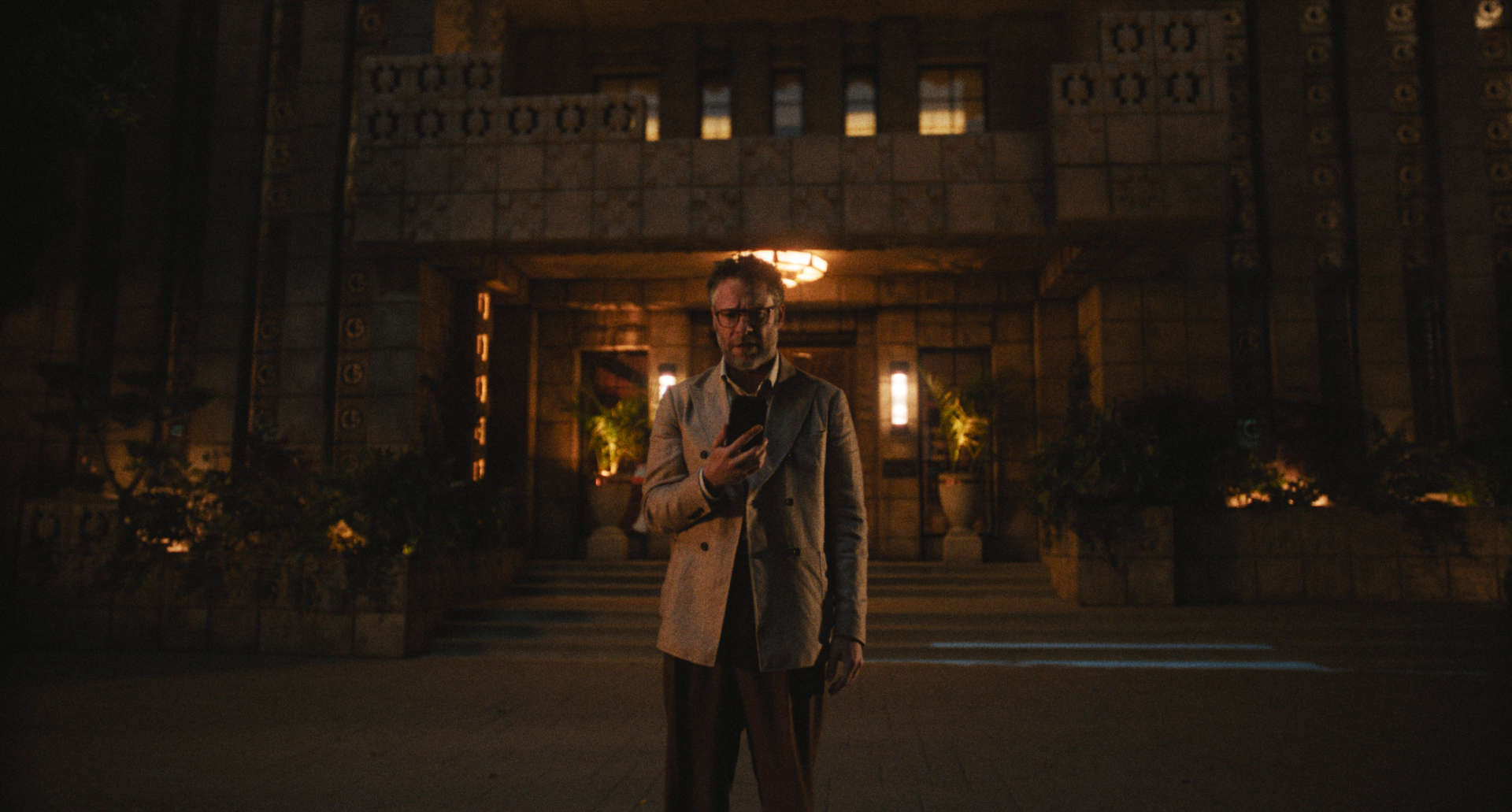
If you could choose any project or filmmaker to collaborate with next, what would your dream project be?
I absolutely love the Bond and Mission Impossible franchises. I’m a sucker for those movies and in terms of my cinematic taste they’re the absolute pinnacle of entertainment for me.
What changes or developments would you like to see in the Swiss visual effects industry in the coming years?
We’re at a major inflection point in the industry overall and I think there’s an opportunity for fundamental innovation which could also come out of the Swiss industry. Historically it has been difficult for the visual effects industry to establish a foothold in Switzerland due to labor costs, lack of tax incentives and the overall lack of local film productions. However Switzerland has always been a world leader in innovation and I think there are doors opening now for new tools and workflows and I’d love to see more development in that regard coming out of my home country.
